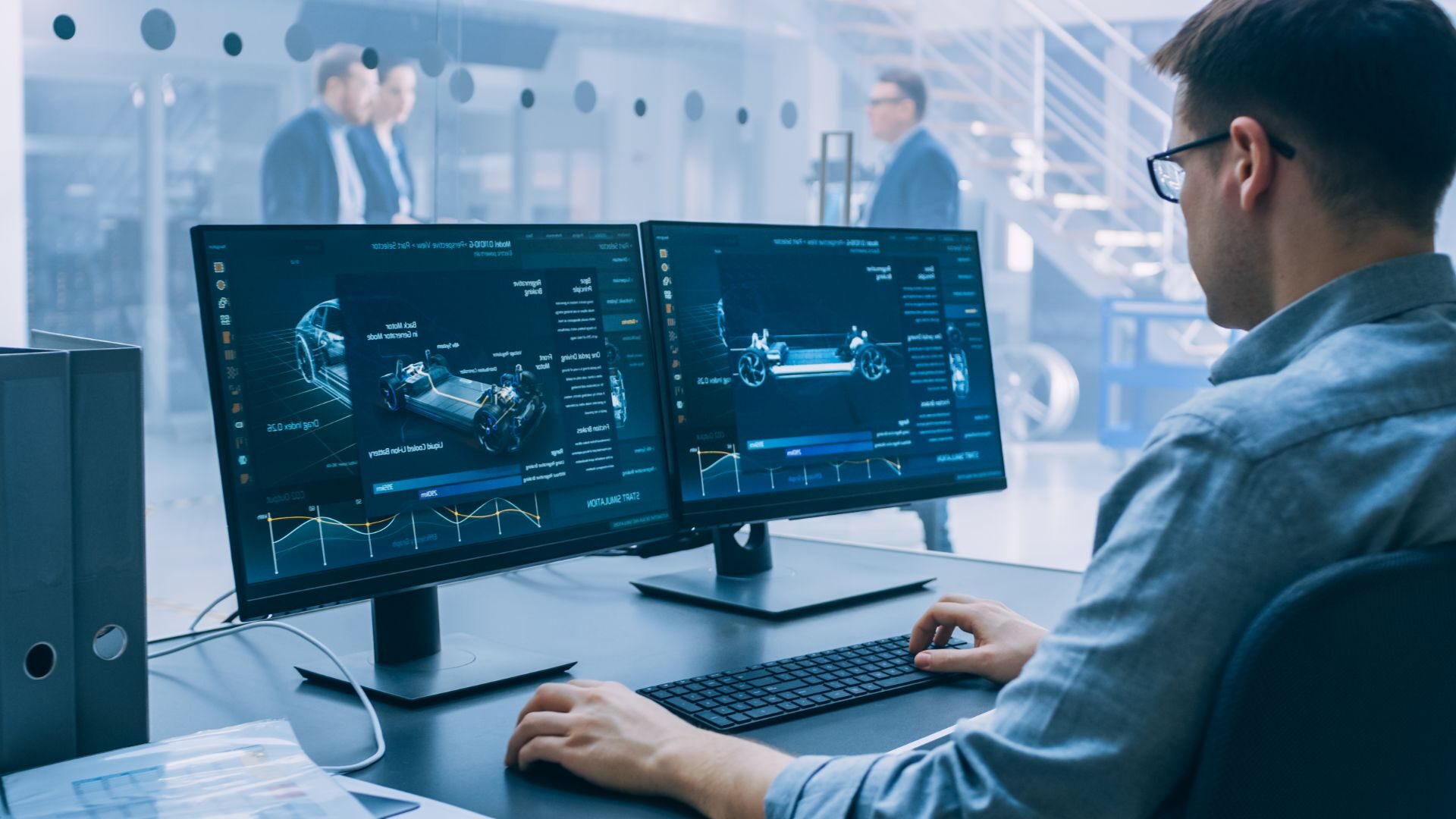Digital Twin Technology, a concept that has taken the manufacturing industry by storm, is a virtual representation of a physical product or process used to understand and predict the physical counterpart’s performance characteristics. This technology has become increasingly vital in today’s manufacturing landscape due to its ability to bridge the gap between the physical and digital world. It provides opportunities for enhanced analysis, simulation, and optimization, thereby revolutionizing contemporary manufacturing processes. Industries such as automotive use Digital Twin Technology to significantly streamline the design and production process.
Understanding the Production Life Cycle through Digital Twin Technology
Digital twin technology revolutionizes the understanding of the production life cycle. By creating virtual replicas of physical assets, it breathes life into the production life cycle diagram. From the initial prototype phase to the ultimate product, digital twins offer invaluable insights into every stage of the production process. Manufacturers can leverage these virtual twins to simulate and test various production scenarios, enabling them to optimize efficiency and sustainability.
For instance, in the oil and gas industry, digital twins play a crucial role in simulating drilling operations. By accurately replicating the complex processes involved in drilling, they facilitate the optimization of production techniques while minimizing environmental impact. This innovative technology empowers manufacturers to make data-driven decisions, improve operational performance, and drive continuous improvement throughout the production life cycle.
Application of Digital Twin Technology in the Semiconductor Industry
Consider the semiconductor industry. The production life cycle of a semiconductor chip involves several intricate processes, each demanding high precision and control. Here, Digital Twin Technology plays a pivotal role by providing a comprehensive mirror image of the production process.
From the design phase, where the initial chip blueprint is created, to the manufacturing stage, the digital twin effectively replicates the entire process. Engineers can simulate the fabrication and assembly process, inspecting every step of the chip’s journey from a silicon wafer to a fully functional microchip. By utilizing the digital twin, potential flaws can be identified and rectified early in the process, thereby mitigating the risk of defects and wastage.
Moreover, digital twins can be used to simulate the performance of the final product under various conditions. These simulations allow engineers to make necessary modifications, thereby ensuring the chip’s reliability and functionality in real-world applications. In essence, Digital Twin Technology enables a proactive approach to product development, enhancing the overall efficiency, sustainability, and output quality in the semiconductor production life cycle.
The Impact of Digital Twin in Additive Manufacturing
Digital twin technology has revolutionized the way we approach prototype development in the field of additive manufacturing. By leveraging virtual models, manufacturers are able to explore a wide range of variables and scenarios, resulting in improved efficiency and accuracy throughout the production cycle. This transformative technology not only minimizes waste but also accelerates the manufacturing process, making it particularly valuable in industries such as aerospace, where precision is of utmost importance.
The continuous advancements in digital twin additive manufacturing hold great promise for the future of manufacturing. With increased efficiency, enhanced accuracy, and reduced waste, this technology paves the way towards a more sustainable and optimized manufacturing process. As digital twin technology continues to evolve, we can expect to see further improvements and innovations that will reshape the way we create prototypes and bring new products to life.
Leveraging Digital Twin Technology in Model-Based Systems Engineering
Model-based systems engineering is another area where digital twin technology is making a significant impact. By creating a digital twin of a system, engineers can simulate and analyze various system behaviors, enhancing productivity and precision. This technology plays a crucial role in complex production processes, helping to optimize and streamline the production life cycle. Industries such as energy and utilities have successfully implemented digital twin technology in their systems engineering process, leading to increased operational efficiency and reduced downtime.
As digital twin technology continues to mature, its integration into predictive maintenance strategies is set to redefine the manufacturing landscape. Its ability to explore what-if scenarios, evaluate system responses, and predict future performance marks a new era in manufacturing, where data-driven decision making becomes the foundation of operational efficiency.
Take the example of a wind farm. It consists of multiple wind turbines spread across a large geographical area, which makes maintenance a challenging task. By implementing digital twin technology, operators can create virtual models of each wind turbine. These digital twins mirror the physical assets in real-time and simulate their behavior under various weather conditions. Engineers can analyze the data generated by the digital twins to predict potential malfunctions and schedule proactive maintenance. This approach not only enhances the efficiency and reliability of the wind farm but also significantly reduces the costs associated with sudden breakdowns and reactive maintenance. Thus, digital twin technology brings substantial benefits to model-based systems engineering in the renewable energy sector.
The Intersection of Digital Twin Technology and Production Curve
The intersection of digital twin technology and the production curve holds immense potential for transforming manufacturing processes. With the ability to simulate various production scenarios, manufacturers can fine-tune their operations, achieving optimal efficiency and significant cost savings. This innovative technology has already revolutionized industries like manufacturing and logistics, enabling them to reconfigure their production curves and achieve lower operational costs and higher profit margins.
Looking ahead, digital twin technology will continue to play a pivotal role in optimizing production curves. It will push the boundaries of what is possible in the manufacturing sector, unlocking new opportunities for innovation and growth. By harnessing the power of digital twins, manufacturers can stay ahead of the curve, adapting to ever-changing market demands and driving success in the dynamic landscape of the industry.
Conclusion
Digital Twin Technology is revolutionizing the production life cycle, from prototype creation to complex production processes. It’s enhancing efficiency, accuracy, and sustainability across various industries, transforming the way we understand and interact with manufacturing processes. As we move towards a more digitized future, the role of digital twin technology in shaping our production landscapes becomes increasingly significant. Contact us today to learn more about how your business can leverage digital transformation.




